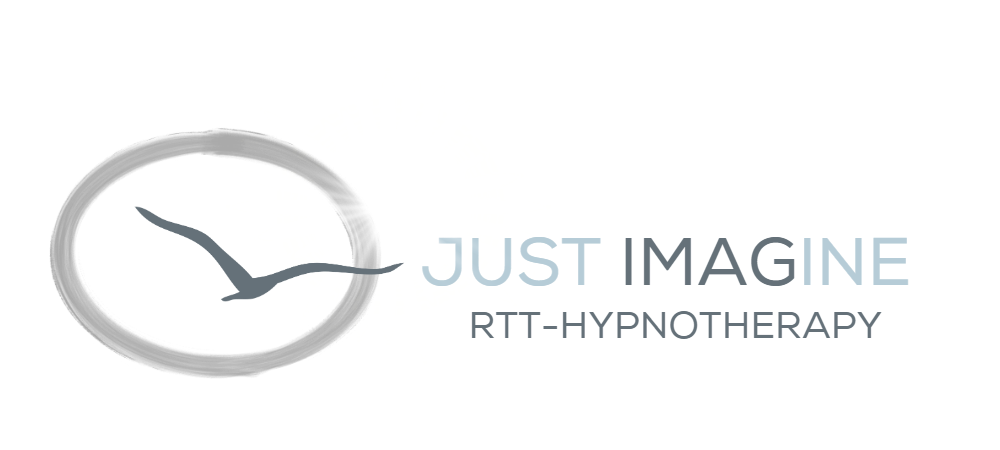Which road to take
HOW DO YOU GET FROM WHERE YOU ARE NOW TO WHERE YOU WANT TO BE?
Some people would say, “By learning from the past”. Taking time to review your past is a very helpful practise. With just a little reflection, you quickly learn which strategies have worked for you and which haven’t. However, if you’re not careful, you can get stuck in analysis paralysis.
Spending too much time reviewing your past is like driving in rush hour traffic while staring in the rearview mirror. BOOM BANG CRASH.
Something similar happens when you only focus on the distant horizon. You zoom right through a stop sign because all your attention is on the traffic lights two miles away. It is so easy to get caught up in all the ‘what ifs’ that you end up getting stuck. And when a person gets stuck, they won’t make a decision and take action. No action taken, no progress.
Knowing where you came from and where you are going is important. But most of your attention should be focused on what is in front of you right now.
If you plant the same seeds, you will get the same harvest.
I think there are three stages to implementing successful, sustainable personal transformation. The first one is the preparation phase.
THE PREPARATION PHASE
First, we need to decide. Having looked at the past and thought about the future, this is the time to be 100% honest with yourself. Do you really want to change? It’s not about needing to change or about someone else wanting you to change. YOU are the one that has to decide.
One of the most critical moments in personal change is when you say, “I am making a decision. I am going to change now. I am not ever going back to my old life. Today is a new day!”
Second, we need to connect to our purpose, our why. You need to truly understand what it’s going to take for you to change in terms of time, effort, and resources. Because when you are about to make a change, things can get difficult. You will run into challenges. You will run into temptation. You will run into setbacks. If you don’t have a clearly defined why, it is too easy to throw in the towel when things get hard. Victory is more certain when you have a clearly defined why and consistently find a way to keep yourself connected to this powerful source of motivation.
THE ACTION PHASE
The second phase in personal transformation is the action phase. This phase means you are ready to create healthy, lasting change in your life. You’ve already done a lot of good, hard work in the previous phase to get to this point. You found your motivation and purpose. You set a date and decided to change.
The best way to create change is to take action, get feedback from your experience, and refine your course of action. Changes are rarely perfect when you first make them. Perfection is a process not an event, so roll up your sleeves and get to work. Life will give you all the feedback you need along the journey, as long as you keep your eye on the outcome you want.
THE MAINTENANCE PHASE
And then we get to the maintenance phase. After you successfully navigate the first days and weeks of the action phase, you enter the maintenance phase. You have had some success. For most people things have gotten easier. Little experiments have helped create positive changes. Now you need to keep the change you created. This phase is critical for long term success. Now it’s time to turn little tests into daily practise, not only to create a habit, but ultimately a way of life!
During the action phase most of us are on guard: “Was it successful? Is this really working? Did I get the change I’m looking for?” After change has been made, if we aren’t careful, complacency slowly creeps in. Once those first signs of success show up, many people think, “Hey, this is great. I’ve done all I need to do. Life is better. My work is done.”
This kind of thinking leads people to relapse into their old habits and behaviours. The maintenance phase is appropriately named. The action phase creates change, and the maintenance phase maintains it. Success in the maintenance phase is what makes change last.
IMAGINE A GARDEN
I live in a place where amazing gardens grow with ease (or so it seemed to me). Where the soil is rich, and the weather is generally perfect for almost anything you would want to grow. During my first year of gardening here, I planted a whole bunch of seeds and plants. After planting, I thought, nature would do the rest. I will have the perfect garden in no time.
So, I just planted and walked away. I didn’t do anything else. The results were a few cucumbers, a couple of tomatoes, and some summer squash. And that was it!
I was complaining about the low yield to my neighbour, who has a beautiful garden. He asked me what I did to help my garden grow. I told him I had planted a bunch of seeds and plants and watered the garden when the rain had been too sparse.
I will always remember his reply. He said, “You have only done the initial stages. Good gardens take a lot of hard work. Now you have to do the most important work – you need to maintain your garden. No farmer would plant in the spring and walk away until fall, hoping for a plentiful fall harvest.”
What a wonderful lesson I learned. If you plant a garden and you leave it alone, weeds will take over the garden and the soil will harden. You must be committed to planting, weeding, tending, fertilising, loving, and caring for the little gardens of life or your garden will wither away and die.
So, how do you get from where you are to where you want to be?
We say that it takes 21 days to build a new habit. That’s only a half truth. It takes 21 days to start a new habit, but 21 days is not enough to permanently revolutionise your life. Three weeks is a phenomenal and courageous start. Once a person gets this far into making personal change, it’s a delicate period. So, it helps to raise your awareness of what comes next so you can be prepared and won’t be surprised.
Knowing what is ahead will help you continue to make progress. Reconnect with your why regularly during this phase. Plan for contingencies, fatigue, and temptation. Establish a “recovery strategy” if you find yourself off track. Your support network is significant in this phase. Establishing formal accountability with a mentor, coach or therapist is an important part of staying on track.
JUST IMAGINE HYPNOTHERAPY OFFERS HELP IN ALL PHASES
The preparation phase:
- Feel Free & easy > get acquainted with hypnosis so you won’t be nervous once you have the session.
- A sense of freedom > find your why and your ideal outcome. Most people know what they don’t want but find it a lot harder to picture what their life will be like when they no longer have that issue.
The action phase
Break free Odyssey > 1 RTT session. Find the root cause of your issue and gain freedom of choice; the choice to do things differently.
The maintenance phase
Free as a bird > 3 RTT sessions and 20 bi-weekly meetings in 1 year in order to profoundly, genuinely and sustainably transform your life.
Contingency plan and recovery strategies
A bird’s-eye view > 10 online interactive lessons on resilience, including designing a personal resilience plan.

